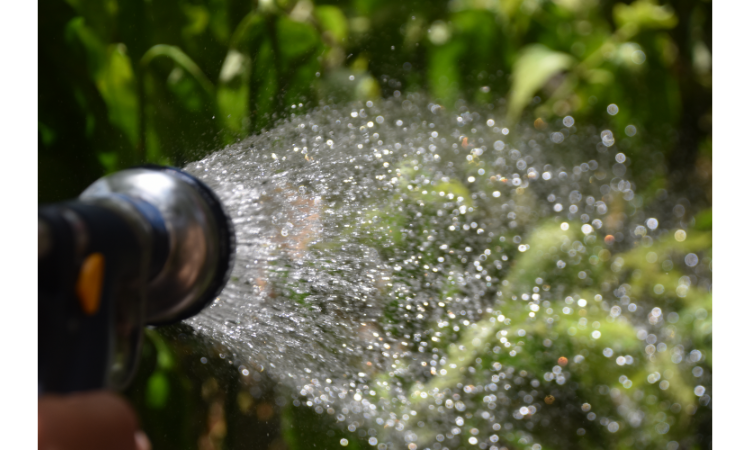Watering plants while on vacation is a lot more complicated than you might think. In fact, many people make the mistake of over-watering when they’re away from home for an extended period of time. The trick to watering plants while on vacation is to find a balance between providing enough water for your plants to survive and not so much that you run the risk of overwatering and causing root rot or other problems.
In this post, we’ll discuss how to water plants while on vacation. We’ll also talk about how long it takes for the soil to dry out entirely so that you can decide whether or not you need to take action when traveling or just let nature take its course during your absence from the garden.
I. Introduction
A. What happens to your plants when you’re away
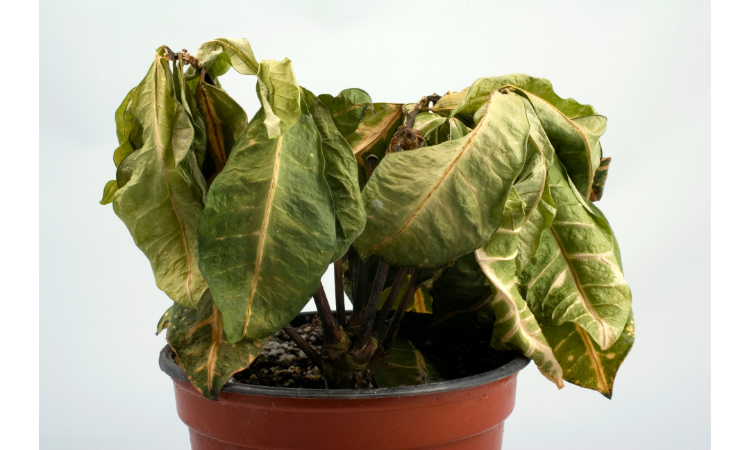
When you go on vacation or are away from home for an extended period of time, your plants can suffer from a lack of water and care. – Depending on the type of plant and the environment it’s in, it may wilt, yellow, or even die if left without water for too long. – Proper watering is essential for plant health and vitality, so it’s important to find a solution that will keep your plants hydrated while you’re away.
B. Importance of proper watering for plant health
Water is essential for plant growth, photosynthesis, and nutrient uptake. – Proper watering helps to regulate plant temperature, prevent wilting, and promote healthy root growth. – Overwatering or underwatering can lead to problems such as root rot, mold, and nutrient deficiencies, so it’s important to find the right balance for your plants.
C. Overview of solutions
There are several options for watering plants while on vacation, including asking a friend or neighbor for help, using self-watering containers or systems, DIY methods, and hiring a professional plant-sitter. This article will provide an overview of each option and offer tips for choosing the best solution for your plants.
II. Option 1: Ask a friend or neighbor for help
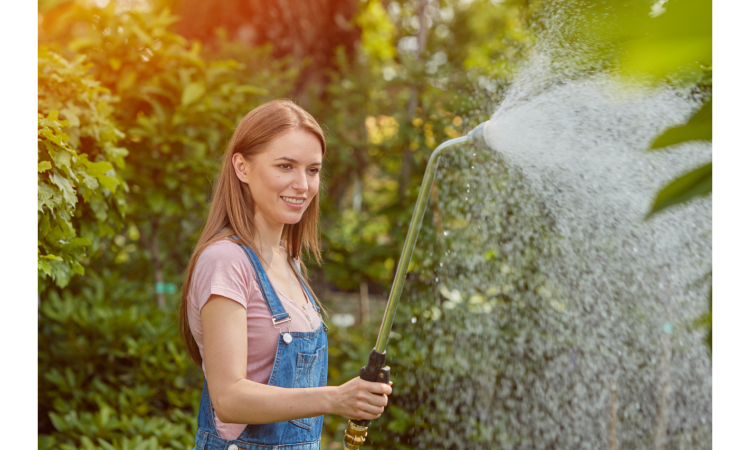
A. Pros and cons of this approach
Pros: – Asking a friend or neighbor for help is often the most cost-effective solution. – Your plants will be cared for by someone you know and trust, which can give you peace of mind while you’re away. – Your helper can also check on your home and take care of any other tasks you may need help with. –
Cons: – Your helper may not have the same level of plant care knowledge or experience as you, which could lead to over- or underwatering. – Your helper may forget or be unable to water your plants if they have a busy schedule or unexpected events come up. – There’s a risk that your helper could accidentally damage or kill your plants, which could strain your relationship.
B. Tips for preparing and communicating with your helper
Explain your plant care routine and provide written instructions for watering and other care tasks. – Show your helper where all the plants are located and how to access any necessary tools or supplies. – Provide your helper with contact information in case of emergencies or questions. – Offer to reciprocate with plant care or other favors in the future.
C. Things to consider when choosing a helper
Choose someone who has experience with plant care or is willing to learn. – Consider their availability and reliability, as well as their proximity to your home. – Make sure they have access to your home and any necessary keys or codes. – Communicate any special requirements or concerns you have, such as specific watering schedules or plant preferences.
III. Option 2: Use self-watering containers or systems
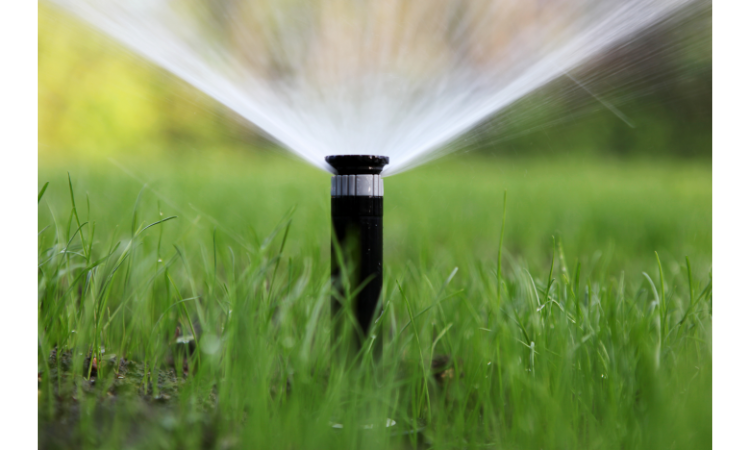
A. How self-watering containers work
Self-watering containers have a reservoir that holds water, which is drawn up into the soil through a wick or other mechanism. – Some self-watering systems use gravity or a pump to distribute water to multiple plants. – Self-watering systems can be purchased or DIY depending on your needs and budget.
B. Pros and cons of this approach
Pros: – Self-watering containers and systems can provide consistent and reliable watering without the need for a helper or regular monitoring. – They can be customized to suit a variety of plant types and sizes. – They can help conserve water and prevent over- or underwatering. –
Cons: – Self-watering systems can be expensive to purchase or set up, especially for larger or more complex setups. – Some systems may require electricity or plumbing, which can be a hassle to install or maintain. – Self-watering systems may not work as well for certain plant types or in certain environments.
C. Types of self-watering systems and their features
Self-watering pots and planters: These containers have a built-in reservoir that holds water and allows it to be drawn up into the soil through a wick or other mechanism. – Drip irrigation systems: These systems use tubing and drippers to slowly release water to multiple plants. – Capillary mat systems: These systems use a mat or fabric that wicks water up from a reservoir and distributes it evenly to multiple plants. – Automatic watering systems: These systems use sensors or timers to automatically water plants based on their needs. They can be customized with various features such as adjustable flow rates and soil moisture sensors.
IV. Option 3: DIY methods for watering plants
A. Using wicking or capillary action
Create a self-watering system using a plastic bottle: Cut a small hole in the cap of a plastic bottle, fill the bottle with water, and invert it into the soil. The water will slowly drip into the soil over time. – Use a wicking system: Place a wick or piece of fabric into a container of water and into the soil of the plant.
The soil will draw water from the container as needed. – Group plants together: Placing plants together in a tray or basin filled with water can help create a humid microclimate that will keep them hydrated for a short period of time.
B. Creating a self-watering system using household items
Pros: – DIY methods are often inexpensive and can be made with materials you already have on hand. – They can be customized to suit your specific plant needs and environment. – They can be fun and rewarding to create and experiment with. –
Cons: – DIY methods may not be as reliable or consistent as other methods, and may require more monitoring and adjusting. – They may not work as well for larger or more complex plant setups. – There may be a learning curve in figuring out the best method for your plants and environment.
C. Pros and cons of DIY methods
Experiment with different methods before your vacation to see what works best for your plants. – Test your DIY system for a few days before leaving to make sure it’s working properly. – Monitor your plants closely when you return to make sure they haven’t suffered from lack of water or overwatering.
V. Option 4: Hire a professional plant-sitter
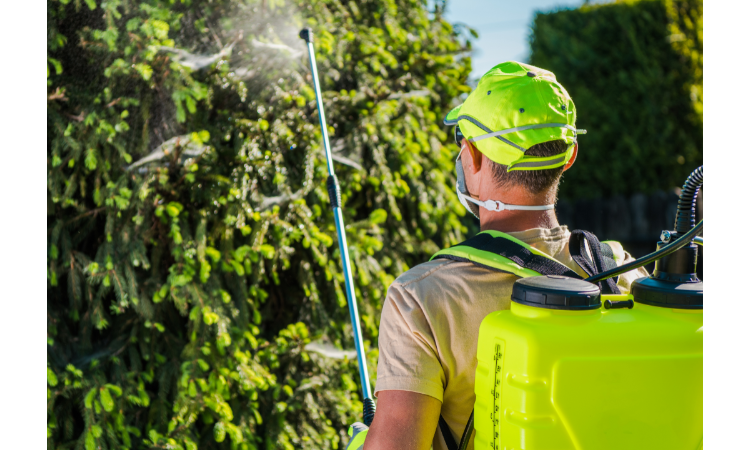
A. What a plant-sitter does
A plant-sitter is a professional who is hired to take care of your plants while you’re away. They may come to your home on a regular schedule to water your plants, adjust the lighting or temperature, and check for any signs of pests or disease. Some plant-sitters may also offer additional services, such as plant grooming or fertilization.
If possible, move plants away from direct sunlight and into a cooler, shadier spot before leaving. This will help reduce water needs and prevent heat stress.
B. Pros and cons of this approach
Hiring a professional plant-sitter can be a great option for those who want peace of mind knowing that their plants are in good hands. A plant-sitter can provide personalized care for each plant, ensuring that they receive the right amount of water, light, and nutrients. However, this approach can be more expensive than other options, and finding a reliable plant sitter can be a challenge.
C. How to find and choose a reliable plant-sitter
When looking for a professional plant sitter, it’s important to do your research and ask for references. Look for someone who has experience with plant care and has a good reputation in the industry. You can ask for recommendations from local nurseries, gardening clubs, or online plant communities. When choosing a plant-sitter, make sure to discuss your expectations and requirements in detail, including the types of plants you have, their watering needs, and any special care instructions.
It’s also important to establish clear communication and check in with your plant-sitter periodically to make sure everything is going smoothly. Finally, be prepared to pay a fair price for the plant-sitter’s services, as they are providing valuable expertise and care for your plants. By choosing a reliable plant sitter, you can ensure that your plants stay healthy and happy while you’re away, and you can enjoy your vacation without worrying about their well-being.
VI. Conclusion
A. Recap of options and their benefits/drawbacks: In conclusion, there are several options for watering your plants while you’re on vacation, each with its own benefits and drawbacks. Option 1, using self-watering containers, can be a good choice for low-maintenance plants, but may not be suitable for plants with specific watering needs. Option 2, using a watering system, can be a more customizable approach, but requires some setup and may not be as reliable as other options.
Option 3, asking for help, can be a great way to ensure personalized care for your plants, but requires finding reliable help. Option 4, hiring a professional plant-sitter, can provide expert care for your plants, but can be expensive and require some research to find a trustworthy person.
B. Final tips for watering plants while on vacation: Some final tips for watering your plants while on vacation include: – Water your plants thoroughly before leaving. – Group plants with similar watering needs together. – Consider using humidity trays or other moisture-retaining methods to help plants stay hydrated. – Avoid moving plants to new locations or exposing them to extreme temperature changes while you’re away.
C. Importance of planning ahead to ensure plant health: Planning ahead is key to ensuring the health and well-being of your plants while you’re away. By considering the watering needs of each plant and choosing the right watering method, you can help your plants stay healthy and happy in your absence. Whether you opt for a self-watering system, ask for help from friends or family, or hire a professional plant-sitter, taking the time to plan ahead and make arrangements for your plants will help ensure that they thrive in your absence.
By following these tips and making arrangements ahead of time, you can enjoy your vacation with peace of mind knowing that your plants are in good hands.
